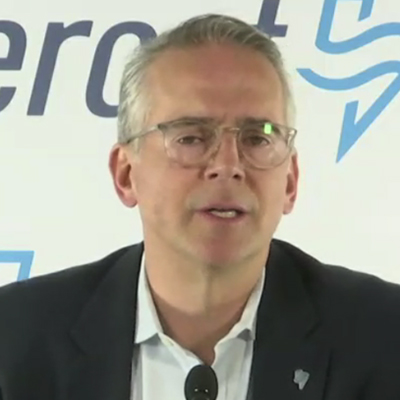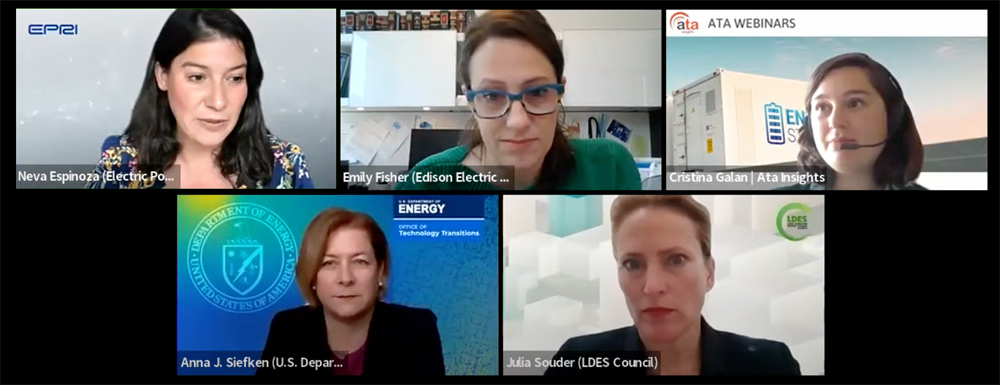A bill to strengthen the integrated resource planning process for Nevada’s electric utilities and require them to look for ways to increase their energy independence has emerged late in the state legislature’s session.
Assemblyman Howard Watts (D) introduced Assembly Bill 524 on May 26, less than two weeks before the 2023 session ends on June 5. The bill was granted a waiver from the usual legislative deadlines.
Watts said the bill is the result of months of discussions with stakeholders who voiced concerns about energy reliability and rising costs to consumers. The bill lines up with Gov. Joe Lombardo’s March executive order calling for the state’s “advancement of energy independence.” (See New Governor Seeks Shift in Nevada Energy Policy.)
One of the key topics of discussion, Watts said, was the concept of the state’s “open position” when it comes to energy supply.
“We have an open position: a level of exposure to the energy market,” Watts said. “By reducing that, we can make sure that we can provide a reliable electricity supply and reduce our exposure to those extremely high energy market costs.”
Watts’ comments came Tuesday during a joint meeting of the Senate and Assembly committees on Growth and Infrastructure. The committees held a hearing on the bill but took no action.
Watts said he has also heard concerns about the integrated resource planning process for electric utilities and the number of amendments filed by NV Energy.
“Amendments have been coming very frequently … some of the projects in amendments are extremely large, and they don’t have the full timeline and the full analysis of the integrated resource plan itself,” Watts said.
Since approval of its 2021 integrated resource plan (IRP), NV Energy has filed four amendments to the plan. The fourth included a proposal for a 400 MW gas-fired peaker plant that NV Energy said was needed to maintain reliability in the face of extreme weather and variable resources. The Public Utilities Commission of Nevada (PUCN) approved the Silverhawk peaker in March on an expedited timeline intended to get the new plant running by 2024. (See Nev. Regulators OK Controversial Gas-fired Peaker.)
Under current law, electric utilities in Nevada must file an IRP every three years. AB 524 would change the requirement to every three years or “more often if necessary.” The bill would direct the PUCN to develop requirements regarding the filing of amendments to an approved IRP.
Currently, an IRP must include scenarios showing how different sets of resources could meet projected energy demand. AB 524 would require the utility to evaluate a scenario “that provides for the construction or acquisition of energy resources through contract or ownership to be placed into service to close an open position utilizing dedicated energy resources in this state and dedicated energy resources delivered through firm transmission.”
The bill doesn’t say that the scenario designed to close an open position must be the one the utility moves forward with. Watts said the wording in the bill, which doesn’t dictate a particular outcome, was a compromise.
‘Dire State’
NV Energy opposes the bill, saying it doesn’t go far enough.
Tony Sanchez, NV Energy’s executive vice president of business development and external relations, called for a strong policy statement from the legislature “indicating that the open position that we currently have … needs to be closed and closed quickly,”
“Because the West is in a dire state of energy emergency,” Sanchez said.
Janet Wells, NV Energy’s vice president of regulatory affairs, called the utility’s reliance on the open market “both risky and costly.”
Wells said that while NV Energy can generate power for about $50/MWh, it paid more than $150/MWh on average in the open market in summer 2021 and even more in 2022. About 30% of the utility’s summer energy comes from the open market, Sanchez said.


